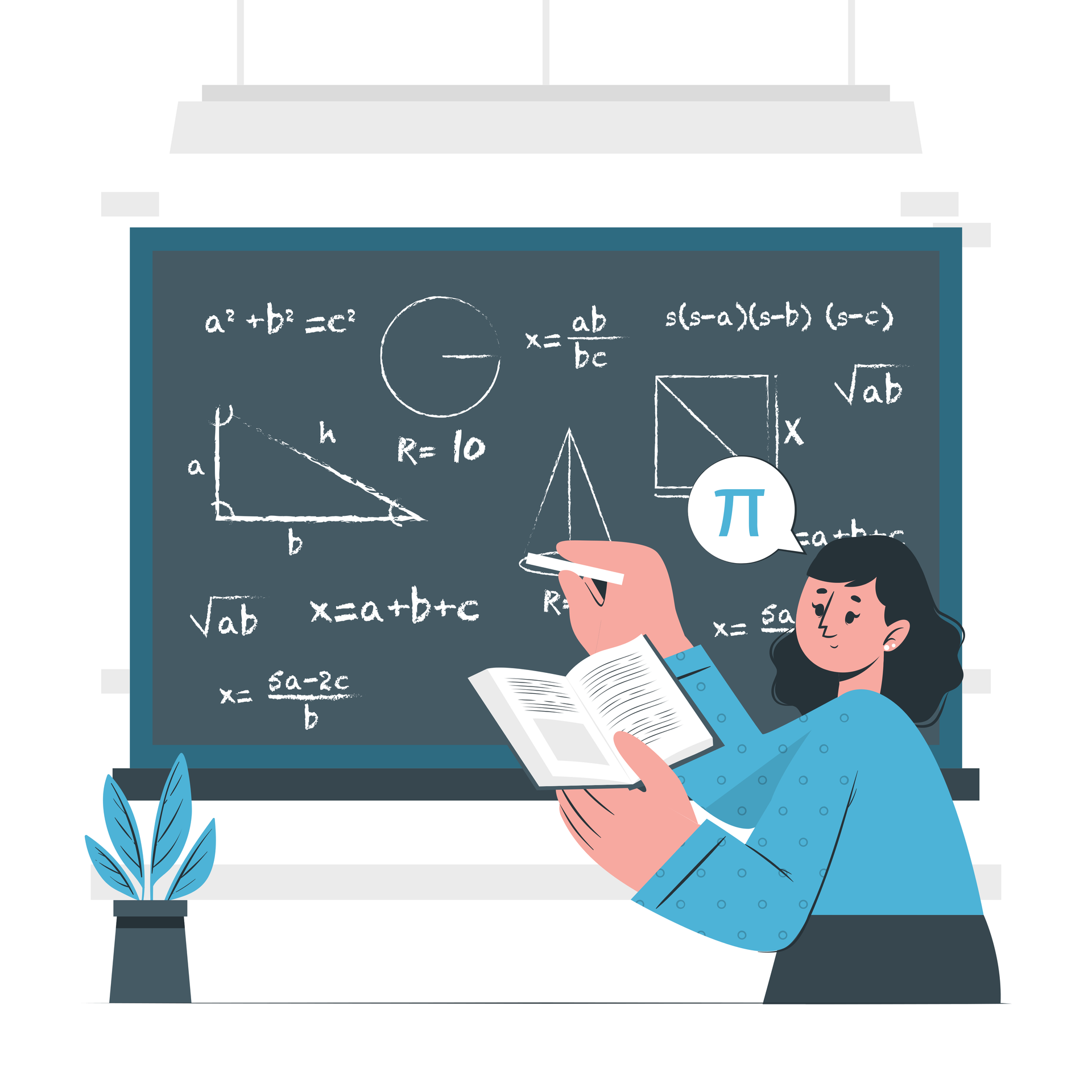Mathematics is about spotting relationships and patterns, following logical steps and reasoning to reach answers, and being creative in finding multiple ways to solve problems. In essence, maths is a way of thinking.
In "Math with Bad Drawings: Illuminating the Ideas That Shape Our Reality", Ben Orlin uses humour, sketches, and storytelling to emphasise that mathematics is more than just numbers. The book speaks to the ways maths is taught, understood, and sometimes misunderstood in school settings.
Mathematics is about spotting relationships and patterns, following logical steps and reasoning to reach answers, and being creative in finding multiple ways to solve problems. In essence, maths is a way of thinking.
Orlin argues that many students struggle with maths for several reasons:
- Having to memorise lots of rules for each new concept rather than understanding underlying ideas.
- The joy of problem solving is often overshadowed by pressure to perform well on exams.
- Textbook problems often feel disconnected from real life, leading students to believe “I’ll never use this in real life.”
- Over-emphasis on accuracy and speed may discourage deep understanding or exploration.
- Students often miss out on the beauty, fun, and playfulness of math.
- Orlin suggests that school maths teaching should:
- Foster curiosity, not merely rote performance.
- Connect mathematics to other subjects—art, science, music, politics—and to everyday life.
He also reminds us of the human side of maths: struggling is normal. Even top mathematicians wrestle with problems. It’s part of what mathematics is.
South African Context and Matric Exam Facts
In the 2024 National Senior Certificate (NSC) examinations, 69.1% of learners passed Mathematics. However, the number of candidates writing Mathematics dropped from about 268,100 in 2023, to 255,762 in 2024. Earlier statistics also reveal that only 28% of learners opted for Mathematics as opposed to Mathematical Literacy. Of those who wrote Mathematics, only 44,636 learners (17.4%) achieved 60% or higher. These figures are significant because Mathematics remains a gateway subject. A mark of 60% or above is essential for entry into many university courses in fields such as Commerce, Sciences, and Engineering. Lower participation and declining performance in Mathematics therefore limit the number of students able to qualify for these routes.
Mathematical Literacy: Its Value and What It Teaches Learners in South Africa
Mathematical Literacy was introduced in the South African curriculum as an alternative to Pure or Standard Mathematics. Its purpose is distinct: whereas Mathematics is more abstract and focused on theorems, Mathematical Literacy centres on practical numeracy skills that can be applied in daily life. Learners studying Mathematical Literacy are taught to interpret and use numerical information in everyday contexts such as percentages, interest, budgeting, and measurement. They also learn to read, understand, and analyse graphs, tables, and statistics in relation to issues like taxes, inflation, loans, and budgets. The subject encourages problem solving in practical scenarios, promotes reasoning about what numbers mean rather than simply manipulating them, and develops an understanding of risk, rates, proportion, measurement, and estimation.
Mathematical Literacy has clear value. It makes mathematics relevant and accessible to learners who are not pursuing mathematically rigorous degrees. It helps students develop skills that are directly useful in everyday and working life, and it can build confidence in those who may struggle with abstract mathematics. However, there are also limitations. Mathematical Literacy closes off certain pathways, since many universities and professional degrees in fields such as engineering, sciences, and some areas of commerce require Pure Mathematics. In addition, because the subject is less abstract, learners may miss out on the mathematical foundations—such as algebra and calculus—that prepare them for advanced studies.
Final Thoughts
In South Africa, Mathematics continues to be a crucial gateway subject, opening opportunities for higher education and a range of careers. However, participation is declining and many learners do not achieve marks high enough to progress into demanding fields. Mathematical Literacy provides a valuable and practical alternative, equipping learners with skills that are useful for everyday life and work. Yet, for students aspiring to enter scientific, technical, or mathematics-intensive courses, strong performance in Mathematics remains essential.
To improve outcomes, it is vital that numeracy foundations are built early, through exposure in the home, pre-school, and primary grades. Perhaps it is time to follow Ben Orlin’s advice by placing stronger emphasis on playful, meaningful engagement with mathematics from the earliest years. When mathematical concepts are linked to real-life situations and the pressure of exams is reduced, learners strengthen their skills and develop the confidence to succeed consistently in the subject.
References:
Orlin, Ben. Math With Bad Drawings: Illuminating the Ideas That Shape Our Reality. First edition. Black Dog & Leventhal Publishers, 2018
Recent Posts













